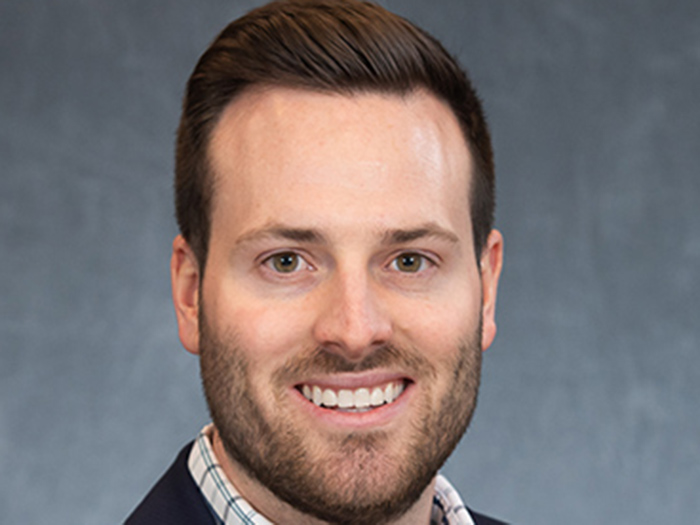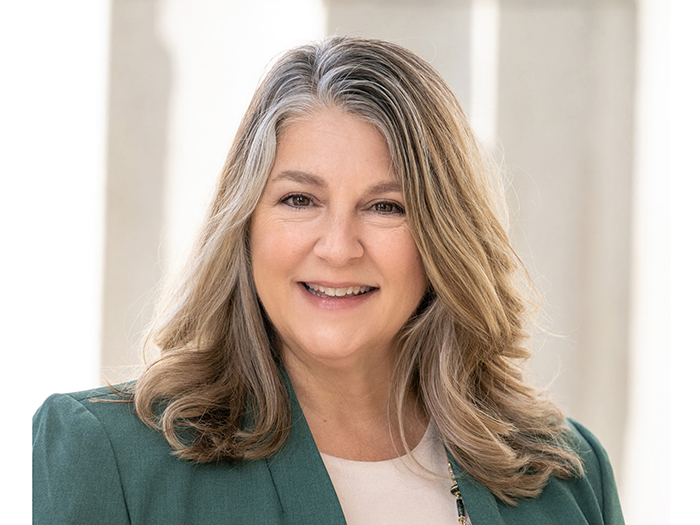Higher Education
9 Critical Issues Facing Higher Education

With the very necessity of a four-year degree in question in many circles, higher education risk managers face a litany of risks including institutional financial solvency, massive class actions due to concussion injury suffered by football and hockey players and the risk that minors or other at-risk populations will suffer injuries on college campuses.
The recent $500 million settlement between Michigan State and the hundreds of young female gymnasts victimized by Dr. Larry Nassar is seen as a bellweather event that signals more massive settlements are coming, involving colleges and universities which fail to protect their students from sexual assault or other forms of abuse.
The award in the Nassar case dwarfs the $109 million settlement that Penn State reached with victims of former football coach Jerry Sandusky. Sexual assault is just one of 9 critical issues facing higher education risk managers.
1) Financial Solvency
The recent bankruptcy declaration by Mount Ada College in Massachusetts could be the canary in the coal mine. Higher education risk managers are starting to question whether schools are paying enough attention to market factors such as the increasing cost of attracting and retaining students, a rising income and wealth disparity that makes college unaffordable for so many.

2) Athletic Concussion Injury
It’s not just the NFL and the NHL facing lawsuits from dozens of former players who claim playing sports left them with degenerative brain injuries.
More than 100 personal injury class action lawsuits have been filed against the NCAA, claiming that universities and university athletic associations were way too late in establishing protocols for managing and treating athletic head injuries. The settlements in these cases could easily run into the hundreds of millions.
3) Sexual Assault
When they came out, the allegations were almost too awful to believe, but even after a $500 million settlement with Michigan State University over the actions of disgraced athletic physician Larry Nassar, now we know that more settlements are on the way.
USC has been rocked by a scandal that took down the University’s president. In this environment, it’s only a matter of time before the lid is blown on yet another case where an employee of an academic institution is found to have abused their position of power.
4) Gender Equality Issues
Campuses are hotbeds for controversies over gender issues such as equal rights for LGBT students, equal pay for female professors and whether female athletes are accorded the same privileges as male athletes as they should be under Title IX. As the professional and social cultures in the United States continue to evolve, watch for the #MeToo movement and other awareness building campaigns to unearth more disparities and abuses, and more multi-million dollar settlements.
5) Gradual but Dangerous Erosion of the Belief in Higher Education’s Value
There is an increasing tide of anti-intellectual rhetoric about how college is unnecessary and not worthwhile.
This is accompanied by a decrease in the number of people willing to invest their money and time in a college education. Culturally, we are seeing a wave of dogma and simplistic slogans that are crowding out evidence-based research and the open inquiry that a college educational environment cultivates.
6) Campus Crisis Readiness
As the mass shootings at Virginia Tech and Northern Illinois University illustrated, university campuses are not immune from the wave of shooting sprees that have terrorized workplaces and academic institutions for decades. In addition to mass shootings, universities face liability, reputational harm and property damage from severe storms, hazardous material releases and student protests.
Additional risks:
7) Cyber
8) Minors on Campus
9) Special Events and Conference Management
Sources include the University Risk Management and Insurance Association; Cornell University; Gallagher; Zachary Gifford, Director, Systemwide Risk Management, the California State Universities; Jack Hampton, a Professor of Business at Saint Peter’s University, and Paula Vene Smith, director of the Purposeful Risk Management Project and a professor at Grinnell College.










